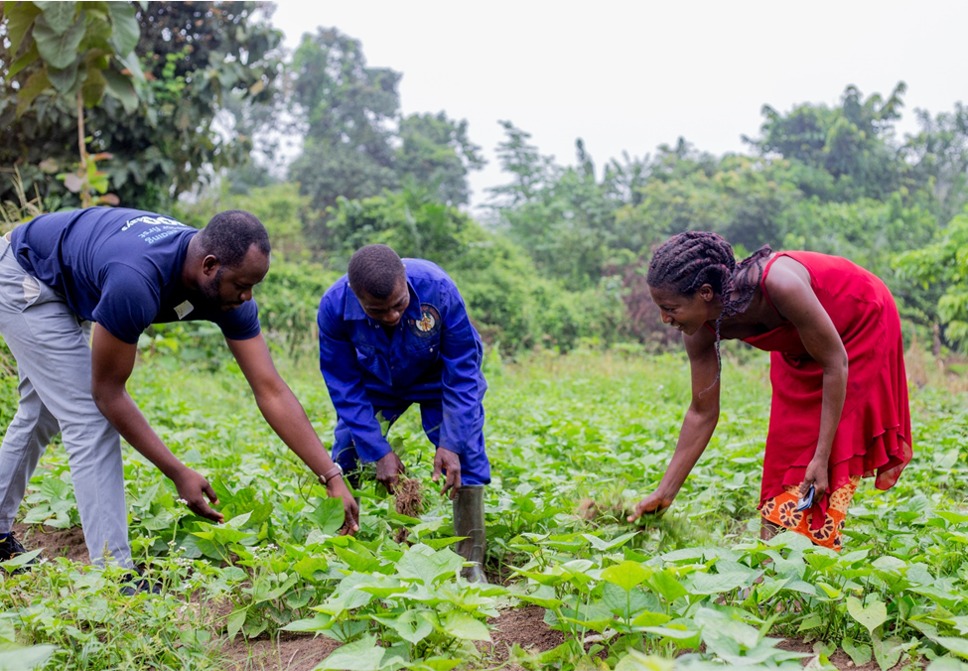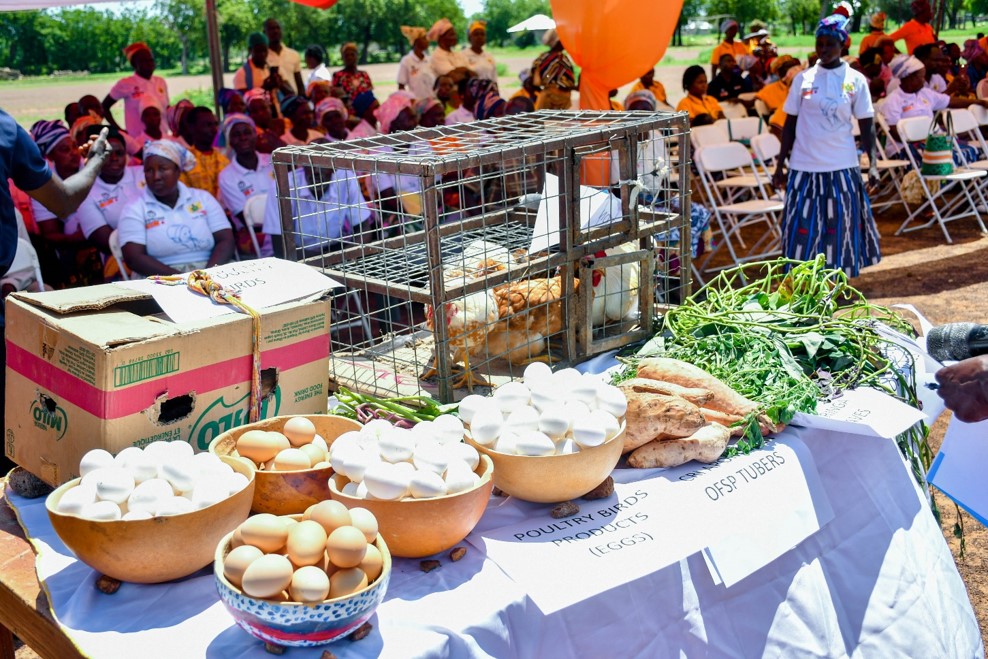Accra, July 16, GNA-World Vision Ghana, in collaboration with the World Bank, Japan Social Development Fund, and Ghana Health Service, has implemented a project called “Improved Feeding Practices for the First 1,000 Days.”
This multi-sectoral project was carried out in three districts: Sekyere East (SE), Kintampo South (KS) and Kasenna Nankana (KN) to improve dietary diversity and nutritional status of Women of Reproductive Age.
Malnutrition or undernutrition is a deficiency that poses a serious health hazard to both adults and children.
This condition is caused by the lack of good eating, not eating the right food with the right nutrients, or the inability of the body to utilize the food eaten rightly to benefit the body as required. Simply put, undernutrition means impaired nutrient utilization in the body.
Although malnutrition has been identified as one of the leading causes of death in all ages, research has detected that the condition makes children in particular, much more vulnerable to death.
This unfriendly condition which seriously affects National Health, recently compelled World Vision Ghana and its partners (World Bank/Japan Social Development Fund, Ministry of Finance, Ministry of Health/ Ghana Health Service) to implement improved feeding practices for the first 1000 days to have an intervention in affected communities.
Speaking to a section of the media at their conference room last week on the purpose and achievement of the project implemented, the Health Technical Program Manager of World Vision Ghana, (WVG), Madam Awurabena Quayeba Dadzie, established that, the condition is a very serious national canker that needs a collaborative effort of all stakeholders to be able to fight it out effectively.
It is in this regard, that the World Vision Ghana (WVG), an international organization which seeks to improve feeding practices and reduce malnutrition initiated this very beneficial project.
“This project is aimed at helping to support, as well as educating the Ghanaian communities, especially, the rural communities on how to improve their diets to attain the necessary nutrition the body requires for healthy living. It is also to help the rural folks to identify and be able to grow more nutrition-enriched crops to benefit their families,” she disclosed.
Below is a detailed outline and data collected during the project’s implementation in some of the most affected regions and communities in Ghana by the WVG so far.
The 2022 Demographic Health Survey discovered that Maternal undernutrition is a leading cause of Maternal and Child Mortality and morbidity, especially in low and middle-income countries.
The Survey gathered that in Ghana, the nationwide anaemia prevalence of Women of Reproductive Age (WRA) 15 to 49 years is 40% (DHS, 2022).
The DHS also discovered that anaemia levels vary by region, with the highest being Oti 51 per cent.
The Northern part also has about 48 per cent, and the Central noted for 47 per cent.

The 2022 Demographic Health Survey, also reports that 51 per cent of pregnant women in northern Ghana experienced anemia.
It observed that malnutrition is recognized as a major impediment to socio-economic development at both the individual and national level in Ghana. When citizens are poorly nourished, their cognitive and physical performance is compromised and productivity is ultimately impaired.
Poor dietary intake by women is associated with micronutrient deficiencies and makes women vulnerable to poor maternal health outcomes (death and disability) and poor birth outcomes for their babies.
Therefore, improving minimum dietary diversity is key to improved reproductive, maternal, neonatal and child, Adolescent health (RMNCAH) outcomes, experts advise.
The World Vision Ghana, in collaboration with the World Bank/Japan Social Development Fund and Ghana Health Service, implemented the “Improved Feeding Practices for the First 1,000 Days” multi-sectoral project in three districts: Sekyere East (SE), Kintampo South (KS) and Kasenna Nankana (KN) to improve dietary diversity and nutritional status of Women of Reproductive Age.
Objectively, the project aimed at increasing access to nutritious foods, improving household-level agriculture, and creating nutrition awareness through nutrition messaging.
As its contribution to improving community livelihood in respect to its objectives, the Organization distributed micronutrient-rich vegetables and fruit seedlings such as Moringa, Orange Fleshed Sweet Potato, pawpaw, mangoes, and poultry birds to vulnerable households with nutrition messaging.

At the end of it all, a total of 1,609 households received the starter crop, as support from the WVG. Comparing baseline to monitoring data, it was revealed that, Women of Reproductive Age (WRA) who consumed food from at least 5 food groups (minimum dietary diversity) increased from 11.4% (n=1348) to 96.8% (n=285) (p<0.001) in just one year.
In conclusion, this suggests that the multi-sectoral interventions improved the nutrition of WRA in the target areas and that they have adopted a more diverse diet.
GNA